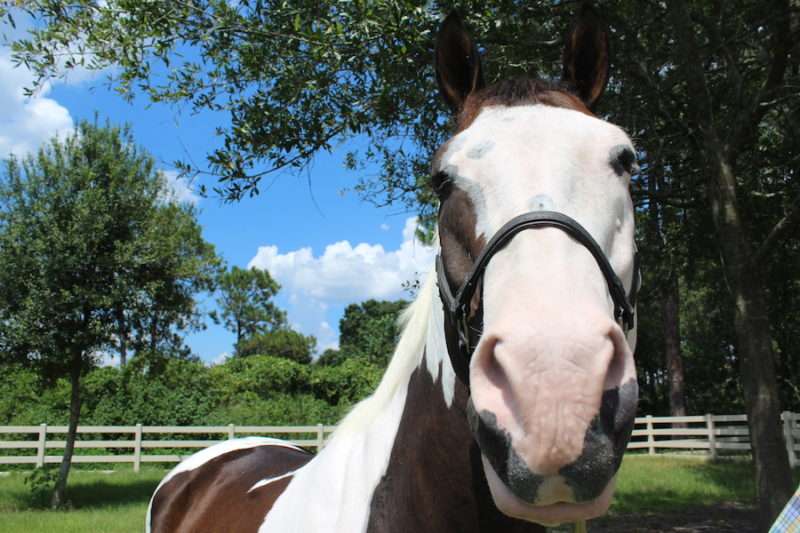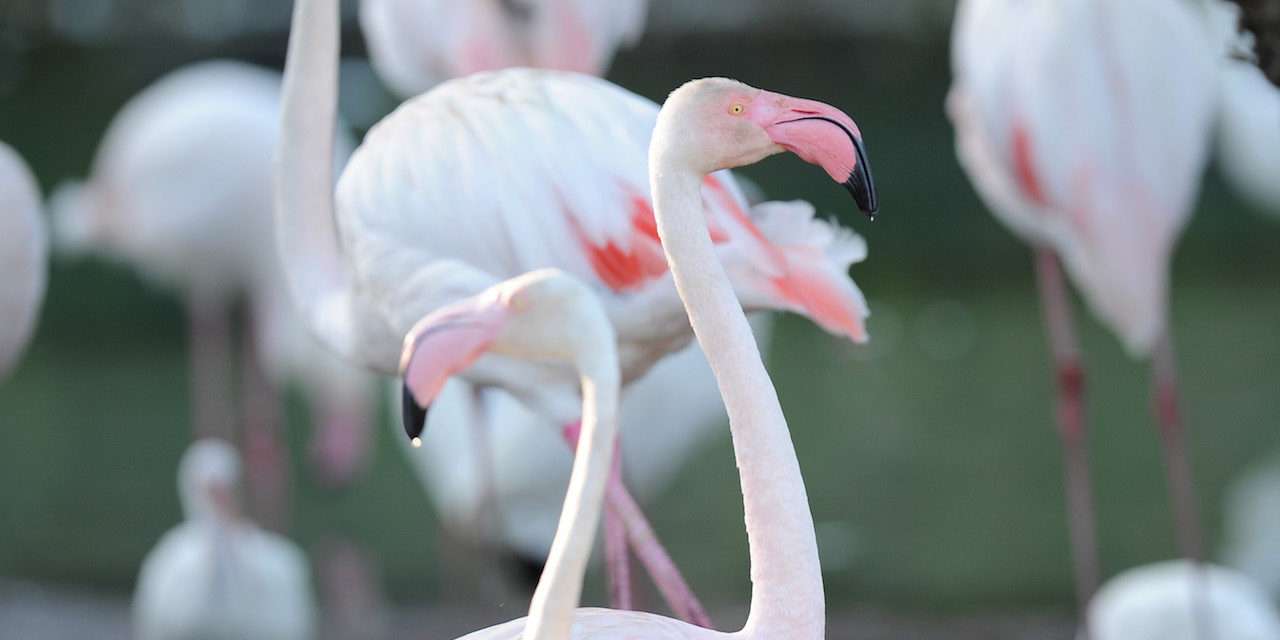Summer is approaching, and it’s nearing the end of the school year, but there’s still time for a pop quiz! We have added some new profiles to DisneyAnimals.com of species you can visit at Walt Disney World Resort. Explore fun animal information while learning more about Disney’s commitment to conservation and how you can help support these animals in the wild, and – of course – where you can find these animals in our parks or resorts!
And don’t forget to get outdoors this summer and explore your own neighborhood to see what local wildlife might share the area around your home.
Match the facts below with the species, and let us know how well you do in the comments! Be careful, some information may describe more than one animal, but no species should be repeated. All of the answers can be found on DisneyAnimals.com.
As an added treat, check out the Disney Conservation Fund’s new video about Disney’s commitment to conservation and the magic of nature (… and some beautiful, beloved animals).

Answer Key:
A. African birds
B. Zebras
C. Reef fish
D. Vultures
E. Flamingos
F. Gibbons
G. Horses
H. Invertebrates
1. These animals tend to live in shallow coastal waters. As part of their camouflage, they may have bright colors or lumpy protrusions.
2. These animals prey upon the pests that bother people most, including biting flies and mosquitos.
3. Thanks to special tendons and ligaments in their legs, collectively known as a stay apparatus, these animals can remain standing even when they doze off. They can lie down to take a nap but sleeping upright allows them to make a quick escape if a predator stumbles across them.
4. The stomach acids of these animals have about the same pH as battery acid. They can even dissolve metals in their stomachs!
5. The pattern of this animal’s coat is believed to deter flies by disorienting them.
6. This animal builds a nest of mud that is about 12 inches high to protect its offspring from flood waters and the intense heat at ground level.
7. To evade predators, some of these animals can dive deep into the water, while others stay submerged for long periods of time by “snorkeling.” Others release a musky odor.
8. These animals have a throat sac, an inflatable flap of skin on their neck, that can fill with air to amplify their calls.





